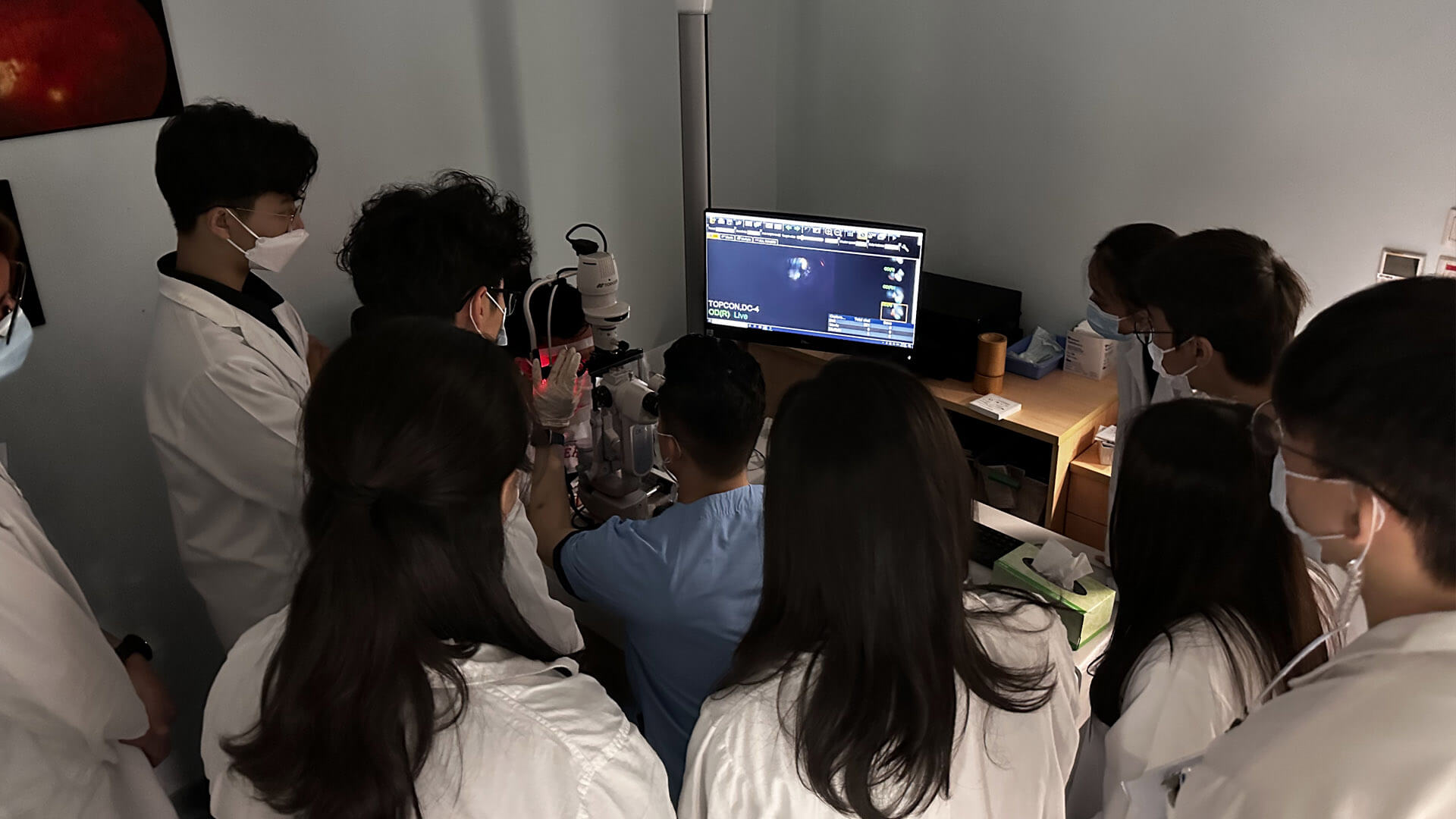IgG4-Related Disease Research Programme
Discovered in the 21st century, the etiology of autoimmune disease IgG4-related disease (IgG4-RD), formerly known as IgG4-related systemic disease, is still unknown. It was first discovered in 2001 when a group of Japanese medical students found a significant amount of IgG4 serum in the blood of autoimmune pancreatitis patients. The discovery led to the realization of how IgG4 caused tumor formation in various organs, including but not limited to the eye, salivary glands, kidney, lungs, pancreas, lymph nodes, meninges and aorta, etc. appear mass-type lesions. The number of IgG4-related eye diseases has increased in recent years. Studies have found that almost every tissue in the eye, including the lacrimal gland, extraocular muscles, nerve tissue, soft tissue, and tear ducts, also has the opportunity to develop lesions. Therefore, ocular symptoms are very extensive, and more than 70% of patients in Hong Kong will experience eyelid swelling. Other symptoms include eye bulge, soft tissue hyperplasia, ghosting, redness, blurred vision, etc. In Hong Kong, more than 20% of patients with IgG4 eye disease have symmetrical swelling of the lacrimal gland, subauricular gland and submandibular gland, also known as benign lymphoepithelial trauma (Mikulicz’s disease). The orbital and ophthalmology team of seven public hospitals established this territory-wide study participated by more than 120 patients.

The following articles were published in different ophthalmic journals from 2020 to 2022.
- Upper Cranial Nerve Involvement and Immunoglobulin G4-Related Optic Neuropathy
- Malignancies in Immunoglobulin G4-related ophthalmic disease.
- Radiological Determinants of Complicated Immunoglobulin G 4 -related Ophthalmic Disease: a Territory-wide Cohort Study
- Treatment Outcomes and their Determinants of Immunoglobulin G4-related Ophthalmic Disease- a Territory-wide Cohort Study
